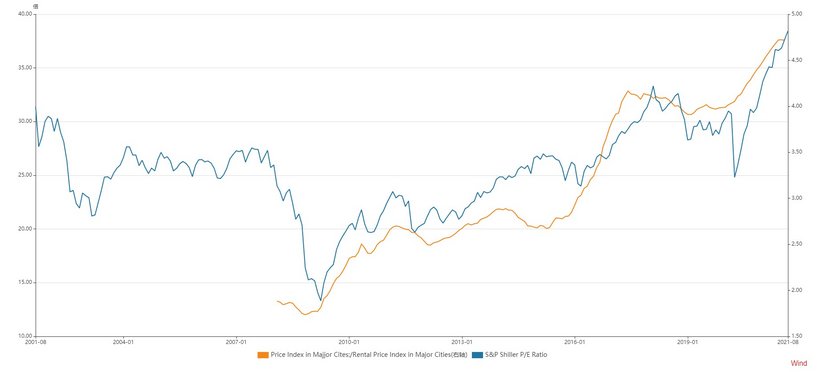How we view the policy risk in China? By Antony CHENG
Investors have heard about government interventions in the internet, education, video game, real estate and pharmaceutical sectors. For instance it has crackdown on private education and at the same time set stringent control on the time allowed for internet games by youngsters. These have brought tremendous impact to relevant share prices. New Oriental (9901.HK), a private educational services provider in China, has seen share price slashed since the policy unveiled in July. That has led to investors wondering which industry is next on the hit list.
Is the Chinese government being unpredictable? Has it become impossible for many investors to set an appropriate risk premium for buying company shares?
Summarizing the recent policies, the Chinese government aims at the below objectives:
- Social cohesion:
Companies that run counter to the social goals of policy makers are concerned by the government. As an example, the rapid falling birth rate announced in March that received wide attention hinted a policy response. Extracurricular tutoring is targeted as they are blamed for being burden on the children and the parents' budget. Other examples include companies that rely on labor for services such as takeaway delivery. These companies could come under pressure to pay their workers more. Internet giants can also be targeted because their monopoly behavior is also seen as harmful to society.
- Data security controlled by internet players:
Examples include US-listed Chinese Internet companies that amassed mountains of day-to-day household data like DiDi. The requirement on US-listed companies to submit operational data offshore led to China government’s tighter grasp on those companies that collects.
- Closing regulatory loopholes:
Example was the call-off of Ant Group’s IPO, as its consumer finance business laid outside the frame of current regulation. Regulation grey areas especially in the financial industry now come under policy target.
In a historical context, however, enforceable regulations are quite common in the Chinese economy. In 2004 and 2005, the authorities took action against small, poorly managed steel mills that were disrupting the market. In 2008, Chinese food companies were targeted after a series of quality scandals. In 2011, banks were required for a tighter capital standard as debt level ballooned after the 2008 global financial crisis. In 2013, the anti-corruption campaign has put moutai (Chinese white wine) consumption on alert. And from 2016 to 2017, pharmaceutical companies came under scrutiny following a string of deaths from counterfeit vaccines and drugs.
At the end, we know that a lot of stocks in those sector recovered and delivered mega returns to investors, such as Mengniu Dairy (2319.HK), Kweichow Moutai (600519.CH), Hengrui Medicine (600216.CH) and a lot more. We would like to highlight the investment approach as below:
- To always know the ultimate policy objectives.
In this round of crackdown, the government aims at providing a healthy nurturing environment for the next generation, and a level-playing field for businesses. Those had previously been well addressed by the authority.
- To identify the underlying growth unaffected by policies.
For example, the expenditure on e-commerce is still robust. As long as there exists a solid capital return (instead of mere cash-burn as for some players), the market should come back for a fair valuation when policy is fully-priced and policies become largely visible.
- Do not catch the falling knife.
China investors do not act contrary to policies. It takes time, usually 6-18 months, for policy details to be announced, digested, and executed. In the past, we see similar timeframe for adverse policy cycles. There are usually sufficient entry opportunities when valuation bottoms and Chinese investors turnaround on their policy perception.



